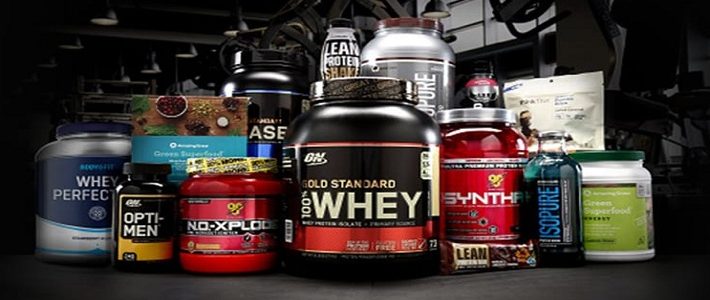Humidity sensors are an excellent tool for measuring the relative humidity in a space. They are relatively inexpensive and easy to use, but it is important to understand how they work so you can choose the one that best suits your needs.
In this article, we will look at what goes into designing a humidity sensor and some of the different options available.
Sensor design is a complex process
So, how do you design a humidity sensor? The choice of the sensing element is a critical factor in the performance of a humidity sensor.
Capacitive sensing elements have been widely used for this purpose due to their excellent sensitivity, stability and low cost. They involve capacitance changes that occur when water vapor interacts with the sensing element.
Metal oxide humidity sensors are an alternative technology based on temperature-dependent resistance changes occurring when water vapor interacts with metal oxides at elevated temperatures (80°C).
The choice of the sensing element
The choice of the sensing element is very important. It has to have a high sensitivity and low hysteresis, because there is no point in measuring humidity if you can’t tell whether it went up or down.
The sensor must also have a long lifetime, so that it can withstand the harsh environment of being mounted outside.
The sensor must be able to measure small changes in humidity. It needs to have a high resolution, meaning that it can measure humidity at very fine intervals. This allows you to get an accurate reading even if the air is moving rapidly.

Capacitive sensing elements
In the case of capacitive humidity sensors, there is a capacitor and a humidity sensing element. The capacitance is measured by applying an alternating voltage to two plates that are separated by some distance.
The capacitance changes when water molecules are brought between the two plates. This change in capacitance can then be translated into relative humidity, allowing you to measure how much water vapor is present in the air.
This type of sensor is not very accurate, but it can be used to track relative humidity over time. The main advantage of this type of sensor is that it is relatively inexpensive.
Metal oxide humidity sensors – an alternative technology
If you’re looking for a way to measure humidity, metal oxide sensors are an alternative technology that can be used as a direct replacement for capacitive sensors. They work by measuring the resistance changes in an electrical field created when moisture is added to the sensor.
In general, metal oxide sensors have lower accuracy and resolution than those based on capacitance. However, they often have lower cost and power requirements too—benefits that make them ideal for low-cost applications such as home automation or industrial processes.
Conclusion
As we have seen, there are many factors that go into choosing the right sensor for your application. This can be a complex and time-consuming process, but it’s important to take the time to understand exactly what you need.
When considering humidity sensors, you should think about how much accuracy is required and what kind of environment they will be placed in.




